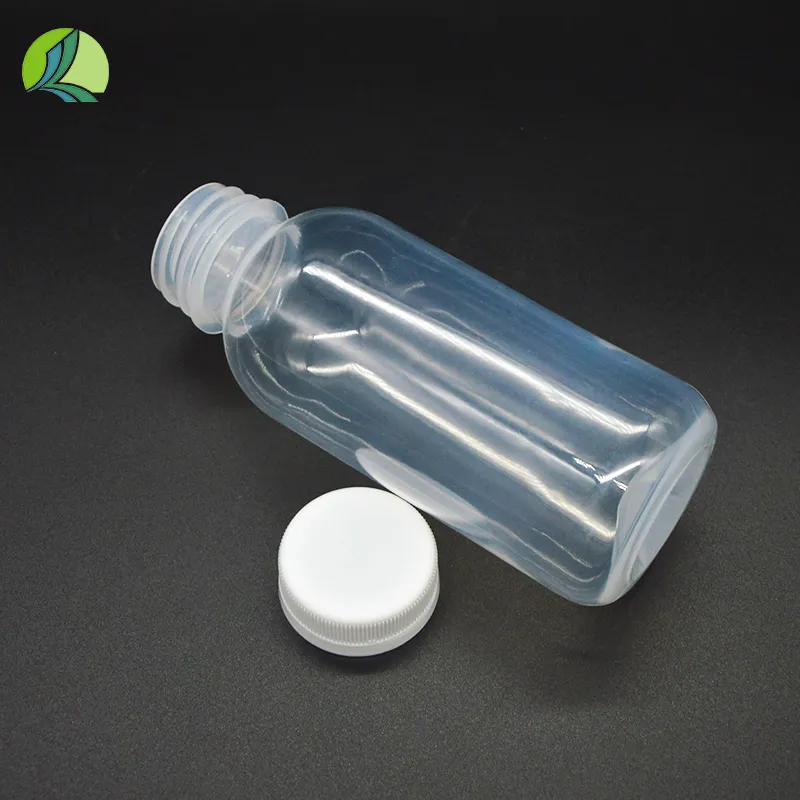blood testing tubes
Understanding Blood Testing Tubes A Comprehensive Guide
Blood testing is a critical procedure in the medical field, allowing healthcare professionals to diagnose, monitor, and treat various conditions. A crucial component of this process is the use of specialized blood testing tubes. These tubes are designed to collect blood samples for laboratory analysis, and knowing their types, colors, and uses can significantly aid in the understanding of laboratory procedures and patient care.
Types of Blood Testing Tubes
Blood testing tubes come in various types, characterized by different colors, each indicating a specific function and the type of additive present. The color coding system helps laboratory personnel quickly identify the appropriate tube to use, ensuring that the sample is collected correctly for accurate results.
1. Red Top Tubes These tubes are typically free of additives, which means they allow the blood to clot naturally. They are commonly used for serum testing, such as hormone levels, certain viral infections, and blood type testing. Due to their lack of additives, samples from red top tubes can be used for serological tests.
2. Blue Top Tubes The blue top tubes contain sodium citrate, which acts as an anticoagulant. These tubes are essential for coagulation studies, as they help maintain the blood's clotting properties while still allowing for the necessary tests to be completed. Common tests include PT (Prothrombin Time) and APTT (Activated Partial Thromboplastin Time).
3. Green Top Tubes These tubes contain heparin, another anticoagulant, and are generally utilized for plasma testing. Tests performed with green top tubes can include various chemistry panels and blood gas analyses. The use of heparin makes these tubes particularly useful in rapid testing scenarios.
4. Lavender or Purple Top Tubes These tubes contain EDTA (Ethylenediaminetetraacetic acid) as an anticoagulant. They are primarily used for complete blood counts (CBCs), blood smears, and certain molecular tests. The EDTA helps preserve cell morphology, which is critical for accurate readings in hematological studies.
blood testing tubes

5. Gray Top Tubes These tubes contain additives such as sodium fluoride and potassium oxalate. They are primarily used for glucose testing and lactic acid measurements. The preservatives in gray top tubes inhibit glycolysis, helping maintain the integrity of glucose levels in the sample until it is tested.
Importance of Proper Tube Usage
Using the correct blood testing tube is vital for the accuracy of test results. Mislabeling or using the wrong tube can lead to inaccurate diagnoses, unnecessary treatments, or even critical health risks for patients. Therefore, laboratory technicians and healthcare practitioners must be thoroughly trained in the appropriate use of blood testing tubes.
Furthermore, the order of draw—the sequence in which blood is drawn into the tubes—is important to prevent cross-contamination of additives. The recommended order typically starts with the red top tubes followed by blue, green, lavender, and gray top tubes.
Quality Control and Handling Procedures
Proper handling and transportation of blood testing tubes are also essential to maintain sample integrity. Tubes should be mixed gently (when applicable, such as with additive-containing tubes) to ensure that the anticoagulants are evenly distributed throughout the blood sample. Additionally, samples should be stored at the correct temperatures before analysis, as certain tests may require fresh samples while others can be processed later.
Conclusion
Blood testing tubes are a fundamental aspect of diagnostic medicine, playing a pivotal role in the testing and analysis of blood samples. Understanding the significance of different tube types, their respective additives, and proper handling procedures empowers both healthcare professionals and patients. By ensuring that blood samples are collected and processed correctly, we can enhance the accuracy of test results, ultimately leading to better patient outcomes and effective treatments.
-
Aesthetic Makeup Spray Bottles | Fine Mist Empty RefillableNewsAug.19,2025
-
White Plastic Veterinary Vaccine Vials | Lab Liquid BottlesNewsAug.18,2025
-
Plastic Medicine Liquid Bottle: Secure Flip Top Drug VialsNewsAug.17,2025
-
Durable 250ml Blue Plastic Vaccine Vial for Lab & Vet UseNewsAug.16,2025
-
Sterile Virus Sample Tubes: Secure & Reliable Specimen CollectionNewsAug.15,2025
-
White 250ml Plastic Vaccine Vial for Lab & Vet MedicineNewsAug.14,2025
























